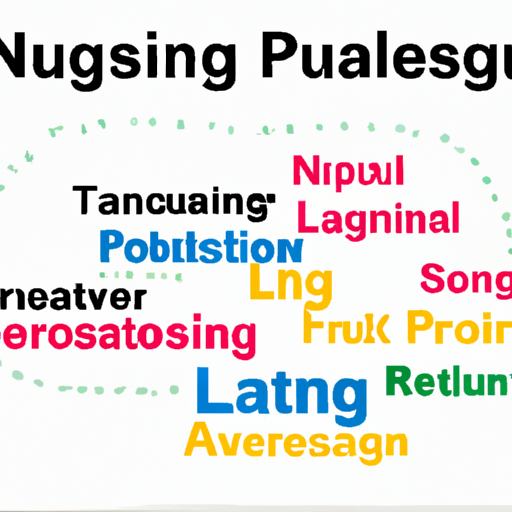Natural Language Processing (NLP) is at the forefront of technological advancements, reshaping how we interact with machines and each other. This field that lies at the intersection of artificial intelligence (AI) and linguistics has seen rapid growth over recent years, driven by breakthroughs that are enabling computers to understand, interpret, and respond to human language in a way that was once thought impossible.
What is Natural Language Processing?
NLP is a subfield of AI that focuses on the interaction between computers and humans through natural language. The goal is to read, decipher, understand, and make sense of human language in a valuable way. Applications of NLP are vast, including translation, sentiment analysis, text summarization, and chatbot technology.
Current Trends in NLP
1. Enhanced Chatbot Capabilities: One of the most visible applications of NLP is in the evolution of chatbots. Advances in NLP have led to more sophisticated conversational agents capable of providing customer service, personal assistants, and even therapy.
2. Sentiment Analysis: Businesses are utilizing NLP for analyzing customer feedback and social media interactions to gauge public sentiment towards their products and services. This real-time feedback loop helps companies make data-driven decisions.
3. Automatic Summarization: Companies are leveraging NLP to condense large volumes of text into concise summaries, allowing readers to quickly digest information without losing key insights.
4. Multilingual Models: With globalization, the need for multilingual understanding has never been greater. NLP is enabling more efficient translation and transcription services that bridge language gaps.
Innovations in NLP Technologies
Recent innovations in NLP are powered by deep learning techniques. Models like OpenAI’s ChatGPT and Google’s BERT have set new benchmarks for natural language understanding. These models are capable of grasping context, tone, and nuance far beyond what earlier algorithms could achieve.
Challenges Ahead
While NLP is making remarkable strides, challenges such as handling idioms, sarcasm, and low-resource languages remain. Additionally, ethical concerns over bias in AI models need to be meticulously addressed to ensure fair and responsible application.
The Future of NLP
As natural language processing continues to evolve, we can expect further integration into everyday tools and services. From personalized content recommendations to advanced search capabilities, the potential applications are limitless. The next few years promise significant advancements that will fundamentally change how we communicate, learn, and interact with technology.
Conclusion
NLP is revolutionizing communication across various industries. Understanding its trends and innovations is essential for businesses aiming to harness its power for improved customer interaction and insight-driven strategies. Stay tuned for more updates as this dynamic field continues to grow and evolve.
Discover how Natural Language Processing can enhance your business today!




